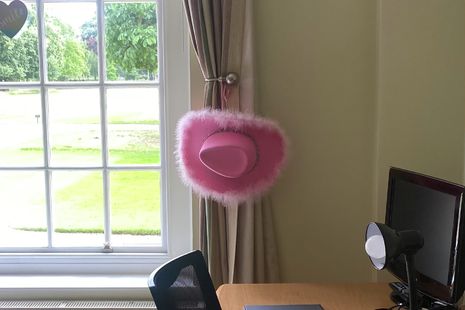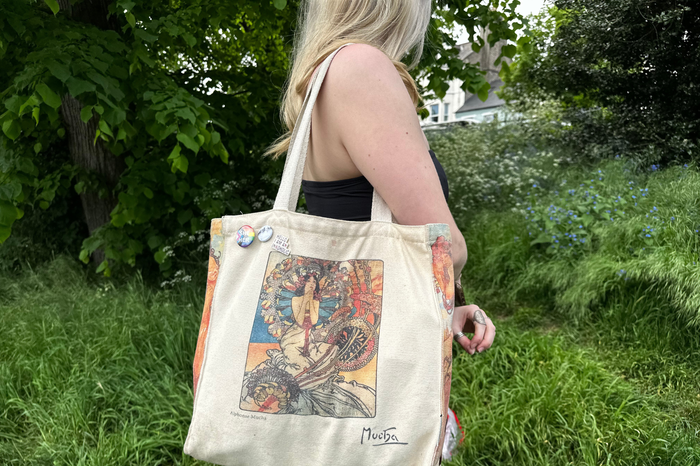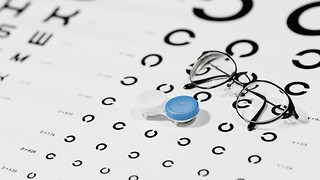Rhinestone cowgirls and the queer reclamation of country fashion
Robin Zubek examines the reasons behind the recent surge in cowboy chic

So far, the 2020s have been loving country. With more and more singers and rappers dipping their toes in the genre – even if just for one album – it’s safe to say there’s something for everyone. Perhaps especially, there is something for queer people, as queer artists begin to reclaim the country genre.
Chappell Roan recently released ‘The Giver,’ a lesbian country song filled with innuendo, which invokes traditionally masculine lyricism. Alongside an intricate lyric video, Roan released a recording of her SNL performance of the song from November 2024. In the video, she can be seen wearing a plaid pink two-piece, which has the amazing effect of looking drawn on, making her look like an old-school pin-up girl. As is par for the course with country, Chappell sports matching cowboy boots. Her hair is large, curly and untamed, and – whether it was her intention or not – the style absolutely evokes Dolly Parton. Paired with one of her signature drag-inspired makeup looks, against the background of barrels and girls dressed in denim, Chappell has reimagined the classic country girl persona for a queer gaze.
But this is not the first time queer people have adopted the Western aesthetic recently. When I think of queer cowboys and cowgirls, I think immediately of Lil Nas X at the 2020 Grammy Awards. His bright pink, bedazzled cowboy outfit with a cropped jacket paired with a chest harness and fishnet top has to go down as one of the most unapologetically fabulous cowboy looks in history. But it wasn’t just that one time – Lil Nas X committed to his rhinestone cowboy aesthetic. At the MTV VMAs in 2019, he wore a similarly memorable red cowboy ensemble with yellow embroidered symbols including the Illuminati symbol and the Rod of Asclepius. That same year, at the CMAs, he wore a slightly more muted black cowboy ensemble with silver accents and earrings.
“From the 50s to the 90s, flashy Western-inspired outfits dominated the country music scene”
This expression of the Western aesthetic is unique now, but it hasn’t always been. From the 50s to the 90s, flashy Western-inspired outfits dominated the country music scene. Just look at the Nudie suits of the 50s, with their intricate embroidery; the shiny tassels of Connie Smith; the iconically sparkly Dolly Parton, almost out-pinking Lil Nas X back in the 1970s; the Urban Cowboy craze of the 80s, with Western-style everything; and, of course, cowboy strippers.
Yet now, we see little of this – the shiny rhinestone cowboys of the past have failed to inspire the next generation of country singers (at least the straight ones). The sparkly cowboy hats have been abandoned in favour of baseball caps and T-shirts, or sometimes a more traditional cowboy or cowgirl outfit.
Is the fashion linked to the politics? Out of our current country stars, many do not disclose their political views. Chris Stapleton claims he voted “for America, and a good glass of whiskey.” While this kind of language usually implies Republican views, elsewhere Stapleton reassures interviewers that he believes everyone has a place in the country scene, using language which appeals to Democrat voters. This kind of ambiguity is not uncommon for country music stars, as many of them enjoy popularity in rural, majority Republican areas as well as big cities in blue states. Those who do disclose their politics are divided. Morgan Wallen, for example, is associated with the MAGA movement, while Sam Barber tweeted that he is voting Democrat.
“It’s easy to understand why queer musicians adamantly refuse to give up the glittering rhinestone cowboy uniform”
It seems that both the fence-sitting and the practical workwear associated with the current country scene appeal to a specific type of consumer – the kind who lives in a rural area, the kind who loves America, God, and Trump. From this perspective, it’s easy to understand why queer musicians adamantly refuse to give up the glittering rhinestone cowboy uniform. While I’m sure many of the farmers in America wearing practical workwear are accepting of the LGBT+ community, it is undeniable that rural America has a reputation for homophobic Evangelicals and Trump supporters. Why would queer cowboys want to appeal to that?
Instead, they draw inspiration from the flashy cowboys of the 70s, 80s and 90s. Queer fashion has always loved bright colours, sparkles, and extreme looks – it’s no surprise that queer artists are drawn to such a glitzy tradition. The cowboy tradition of stripping also plays a part here. Many queer performers in the 1970s were working alongside strippers, as both groups were highly stigmatised. Queer performance therefore has historically been influenced by stripping. No wonder that queer country often has sexual visuals or undertones, when cowboys have been such a popular character archetype for stripshows.
Queer country often brings out the brightest, sparkliest, campiest aspects of the genre, and draws on the archetype of the sexy cowboy. This directly goes against the current trend of country – muted, traditional, with a specific appeal to conservative tastes. This should be understood as a reclamation of the Western aesthetic, bringing it back to its anti-establishment roots. By going against the grain of current country, queer artists remind us that cowboys and cowgirls can still stick it to the man – and look fabulous doing it.
 News / CUP announces funding scheme for under-represented academics19 December 2025
News / CUP announces funding scheme for under-represented academics19 December 2025 News / SU reluctantly registers controversial women’s soc18 December 2025
News / SU reluctantly registers controversial women’s soc18 December 2025 News / Cambridge welcomes UK rejoining the Erasmus scheme20 December 2025
News / Cambridge welcomes UK rejoining the Erasmus scheme20 December 2025 Features / Should I stay or should I go? Cambridge students and alumni reflect on how their memories stay with them15 December 2025
Features / Should I stay or should I go? Cambridge students and alumni reflect on how their memories stay with them15 December 2025 Film & TV / Timothée Chalamet and the era-fication of film marketing21 December 2025
Film & TV / Timothée Chalamet and the era-fication of film marketing21 December 2025










